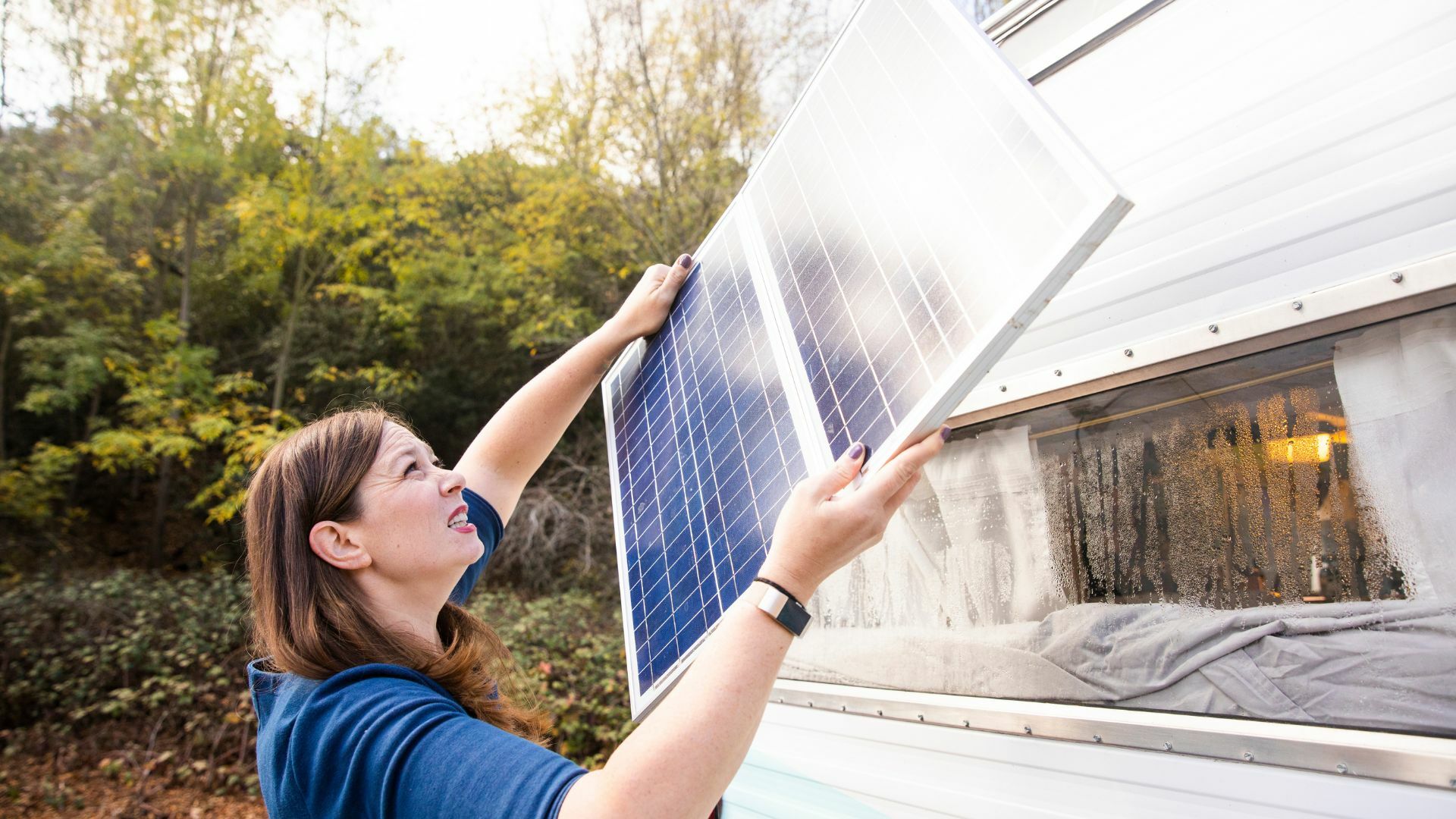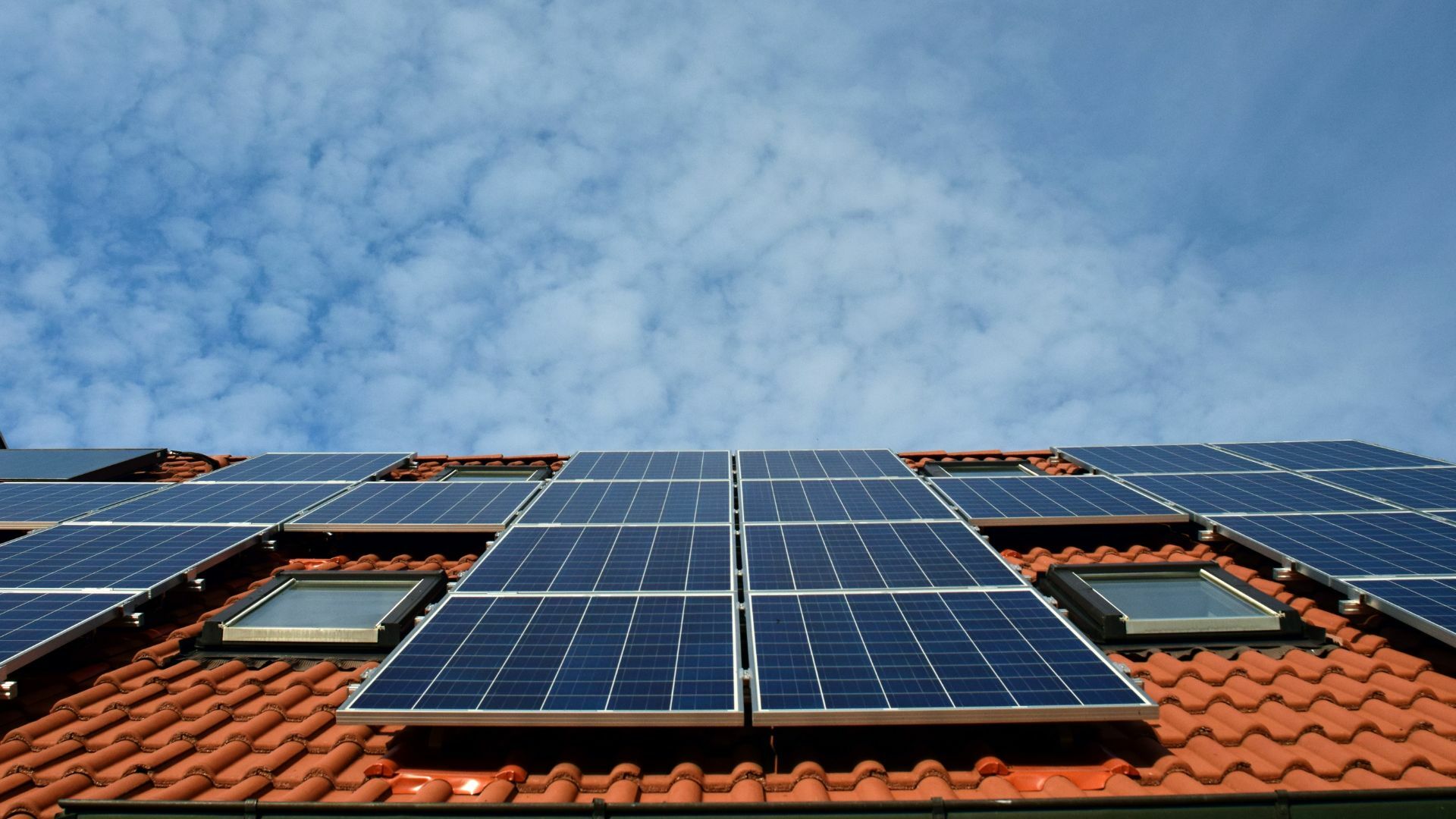The residential solar market experienced its 6th consecutive record year in 2022, growing 40 percent compared to the prior year. It’s no surprise, as residential solar panel system costs have dropped by about 70 percent over the past decade and consumers are increasingly looking for ways to mitigate their impact on the environment and reduce energy costs long-term. Also, solar energy users are increasingly pairing batteries with their solar system, with behind-the-meter (BTM) battery storage capacity in the U.S. expected to increase by 7.5 times through 2025. Whether you’re a sailor, an RV enthusiast or a homeowner, we’ve got you covered. Below we discuss what you need to know if you’re considering adding batteries to your solar system.
Why Add Batteries to a Solar System?
There are many reasons to add batteries to your solar system, but it’s important to first determine whether it makes sense for your specific situation. Here are the most common reasons we have seen behind why people ultimately decide to add batteries to their solar systems:
- Energy independence: From converting your cabin to operate fully off-grid to increasing flexibility in your schedule when on your next road trip, pairing batteries with solar allows you to store solar energy for use whenever it works best for you. Instead of only having access to solar energy during the day when the sun is shining, batteries allow you to use renewable energy at night or on especially cloudy days.
- Reduce or eliminate utility bills: If your home is grid-tied, a solar-plus-battery system can allow you to drastically reduce your utility bills by minimizing dependence on your local utility company. Instead of first paying for electricity from the utility, you can use solar energy during the day, your energy storage system at night, and the energy from the utility only if needed after that.
- Grid sell back: Depending on where you live, your utility may be required to buy back any energy that you create in excess of what you consume. By adding batteries to your solar energy system, you will be able to store excess energy in your batteries and then sell it to your utility. In scenarios like this, you will be compensated in the form of a lower monthly utility bill.
- Peak price cost savings: Many utilities charge different prices at different times of day for the use of electricity. For example, peak hours like in the evening when many people arrive home from work are often more expensive. Adding batteries to your solar system can enable you to generate and store electricity from your solar system so that you can use it during times when the utility is charging more to use its electricity, resulting in significant utility bill savings.
- Emergency backup power: The number of power outages in the U.S. is actually on the rise, with the number of annual outages caused by severe weather events that doubled from the early 2000s to 2022. Consumers are increasingly aware of this and preparing for the next blackout by adding batteries to their home solar system and/or by purchasing portable solar-plus-storage systems.
- Environmentally friendly energy source: With climate change on the rise, more consumers are purchasing solar batteries to maximize the use of their solar system, which allows users to access clean energy 24/7.

What to Look for When Selecting a Solar Battery
It can be overwhelming when you first start researching batteries, as there are countless options, each with unique specifications - from power output to cycle life. These are the most important factors you need to make sure you take into consideration when comparing solar batteries:
- Warranty: No matter what a battery company tells you, you always need to review the warranty, as this will reveal to you how long your battery is actually anticipated to last, based on the total cycle life or lifespan outlined in the warranty. For example, lead-acid batteries will generally always have a shorter warranty period compared to lithium batteries, which can be covered for as long as 10 years.
- Storage capacity: This is the amount of energy or power over time, that can be stored in a given battery. Capacity can be measured in watt hours (Wh) and kilowatt hours (kWh). Battery capacity can also be measured in amp-hours (Ah), which is defined as the amount of current multiplied by time. The formulas to convert Ah to Wh and vice versa are as follows:
Wh = Ah x Volts (V)
Ah = Wh / V
- Power: Power is the rate at which energy is transferred and is measured in watts (W) and kilowatts (kW). Before selecting your solar battery, check to see what the battery’s rated power is. Power is key because if you simply choose a higher capacity battery, but it has low power, you may not be able to supply enough power for a multitude of higher power items like a hair dryer or a space heater.
- Roundtrip Efficiency: This is the ratio of energy put into a battery versus the energy that comes out of a battery. No battery is 100 percent efficient. Lithium batteries generally always have much higher roundtrip efficiency than lead-acid batteries. This is important because this directly impacts the amount of usable (versus nameplate) capacity.
- Lifespan: Every battery has a lifespan and will diminish in terms of its ability to hold a charge over time. In order to reap the most from your energy storage investment, it’s crucial to determine how long your battery will last. Lead-acid batteries may cost less upfront but have shorter lifespans and therefore much more frequent replacement costs that can add up.
- Voltage: You will need to check the voltage of the batteries you are considering purchasing to ensure that it is compatible with your solar panels. The most common voltage for solar panels used in small cabins, RVs, camper trailers, vans, or tiny homes is 12 volts. If your energy needs are mid-range, you may require a 24-volt system. Larger off-grid houses will tend to use 48 volts.
- Depth of Discharge: DoD refers to how deeply a battery can be used during each battery cycle. It is usually indicated on batteries as a percentage of the battery that has been discharged relative to the total battery capacity. Many lead-acid batteries will become damaged if discharged more than 50 percent, whereas lithium batteries like RELiON’s can be discharged up to 100 percent.
- Battery Chemistry: There are many kinds of battery chemistries, from flooded (FLA) to gel to AGM lead-acid batteries, to lithium cobalt and non-lithium cobalt batteries. The safest, most environmentally benign lithium battery chemistry, which is used in all RELiON lithium batteries, is lithium iron phosphate (LFP or LiFePO4). Due to the strong covalent bond, this battery chemistry is not prone to thermal runaway or fire like cobalt-based lithium batteries. Additionally, lithium batteries can be installed indoors and outdoors, whereas FLA batteries are required to be installed outside only since they must be vented due to harmful gassing.
- Cost: While lead-acid batteries often have a lower upfront price point, you will end up having to replace them much more often than lithium batteries, which can often last a decade or more. Make sure to factor in the total cost of your energy storage investment(s) long-term.
- Maintenance: LFP batteries require the least amount of maintenance due to the fact that they are not prone to overheating or thermal runaway, like lithium cobalt-based batteries, and do not need to be regularly vented or watered, like lead-acid batteries. High-maintenance batteries can add to your overall project budget due to requiring more supplies, in addition to requiring a greater time investment.

How to Size Solar Batteries
Your solar battery system size is highly dependent on what your energy use and requirements are. In order to size your battery, you should first make a list of the items, such as appliances, that you need to use. Next, calculate how often you use each appliance or other item, and what energy they require each day. For example, if you need 2,000 watts for 7 hours per day, then your energy usage is 14 kWh per day. You should be able to leverage this information, the peak current requirement of the battery, along with the battery bank voltage you have selected, to determine the battery bank size you will need. When it comes to sizing your battery system, it is always best to over-prepare rather than the opposite to ensure you are never stranded without access to energy.

Choosing the Optimal Battery for Your Needs
Now that you have more information, you should be able to select the best battery for your energy requirements. No matter if you need a solar battery for your off-grid cabin, boat, RV, or otherwise, RELiON has a wide variety of lithium batteries that come in many sizes to pair with your solar energy system. All RELiON batteries use the safest, most environmentally friendly lithium battery chemistry and offer the highest roundtrip efficiency, depth of discharge, and lifespan. RELiON’s latest InSight Series Batteries offer all of these benefits with the added bonus of even more intelligent, built-in features such as a proprietary battery management system (BMS), intelligent cooling, and robust communications. Get in touch with an expert today if you have any questions about which battery is best to pair with your solar energy system.
